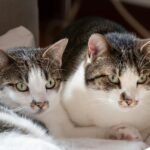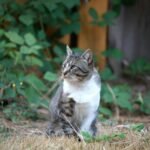Cats are enigmatic creatures with a plethora of behaviors that mystify and delight us. One of the most intriguing of these behaviors is kneading. Often called “making biscuits” due to its resemblance to dough kneading, this action sees cats pressing their paws against a soft surface in an alternating rhythm. But why do cats knead? This article delves into the various theories and scientific insights around this charming behavior.
The Instinctual Roots of Kneading

Kneading is widely believed to have instinctual roots. Kittens knead their mother’s belly to stimulate the flow of milk during nursing. This behavior is both practical and comforting, suggesting that kneading is deeply ingrained in a cat’s psyche from an early age. Even after weaning, this comfort-driven habit often persists into adulthood.
A Mark of Contentment and Relaxation
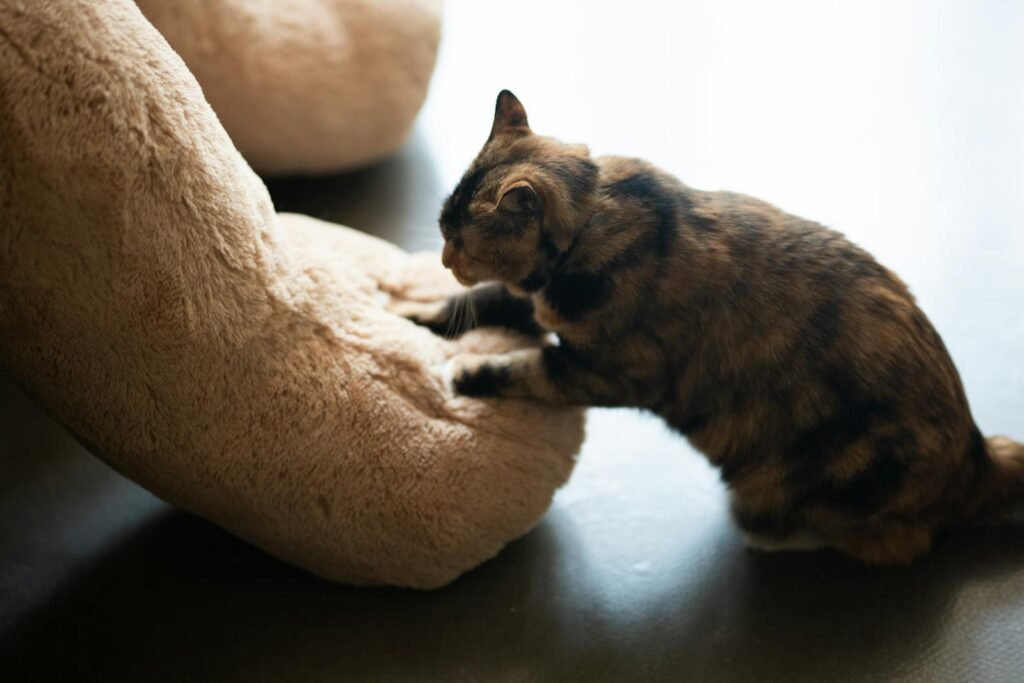
Many experts assert that kneading is a sign of contentment. Cats often knead when they are feeling relaxed, happy, or seeking a snooze spot. Much like a massage relaxes humans, the rhythmic motion of kneading may be soothing for cats, helping them unwind and feel at peace.
Territorial Significance: Scent Marking

Cats are territorial creatures, and kneading can serve as a way to mark their territory. Cats have scent glands in their paws that release pheromones as they knead, subtly marking their scent on the surface they knead upon. This behavior helps reassure cats of their presence and dominance in a particular space.
Remnants of Feral Ancestors
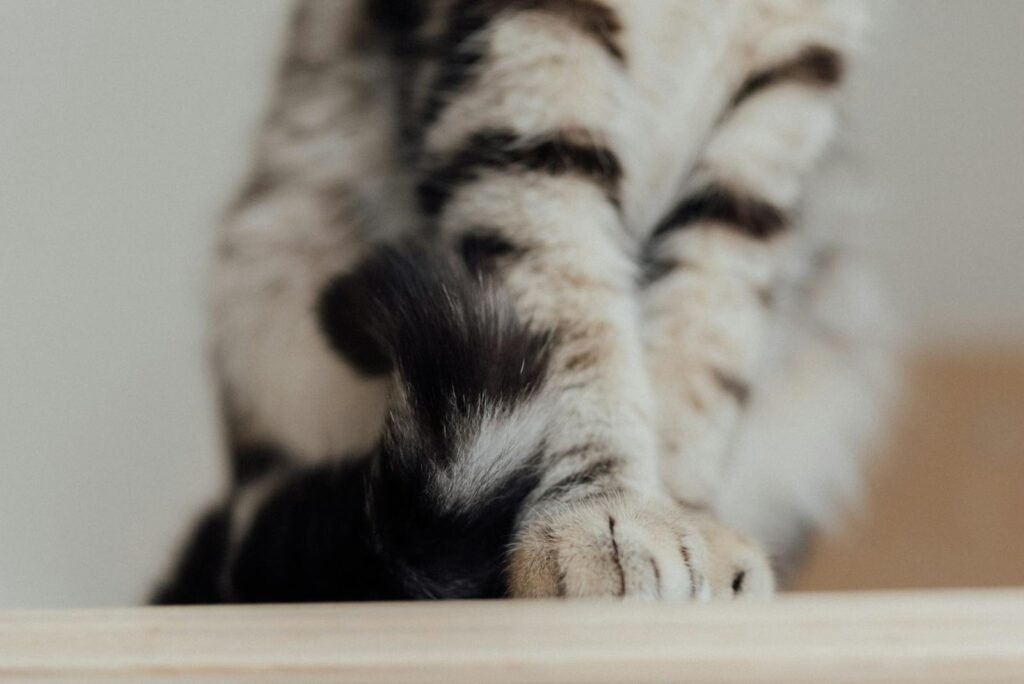
Another theory links kneading to the behavior of wild ancestors. In the wild, cats would knead vegetation to create soft resting places in the grass or to check the stability of the ground before giving birth. This innate behavior may have trickled down to modern domesticated cats, albeit without the original survival utility.
Kneading as a Social Interaction
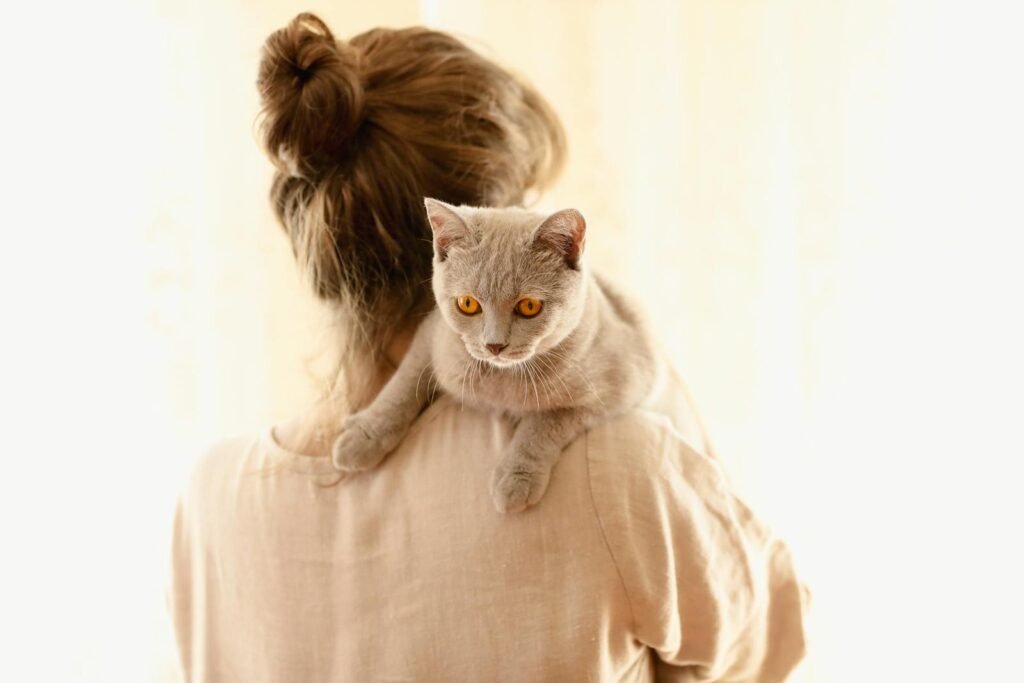
Kneading can also be seen as a social gesture. Cats may knead on their humans as a part of social interaction, indicating a form of bonding or affection. By kneading a familiar person, cats are demonstrating trust and a feeling of safety with that individual.
Kneading and its Connection to Mating
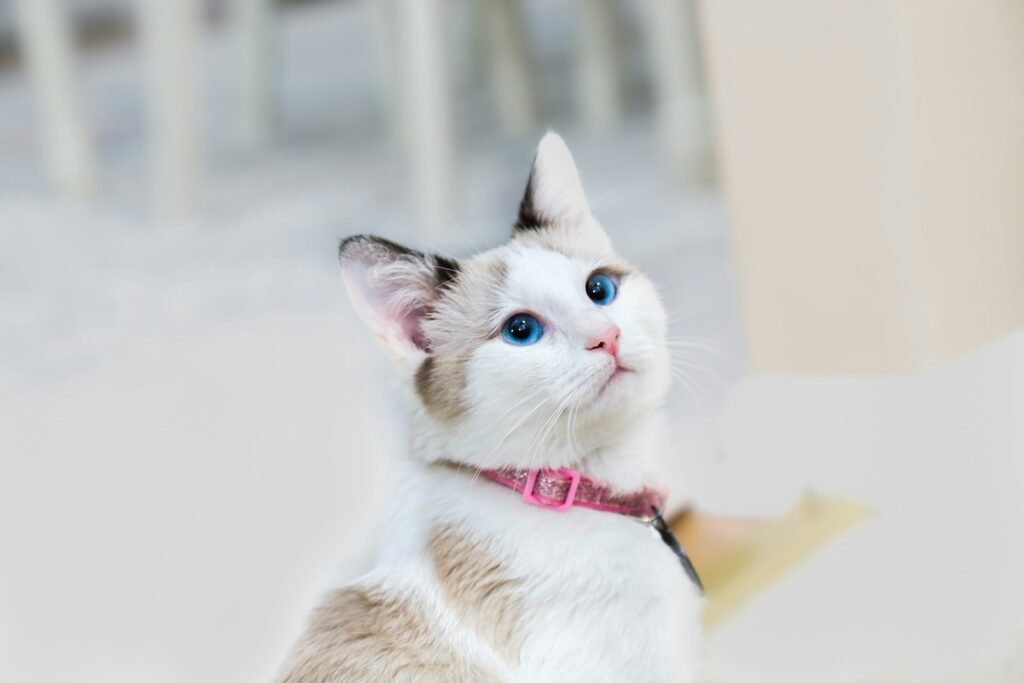
Some studies suggest that kneading could be connected to mating signals. Female cats may knead to indicate they are in heat and ready to mate. While this isn’t applicable to all kneading instances, it highlights the multifaceted nature of this behavior.
The Link Between Kneading and Health
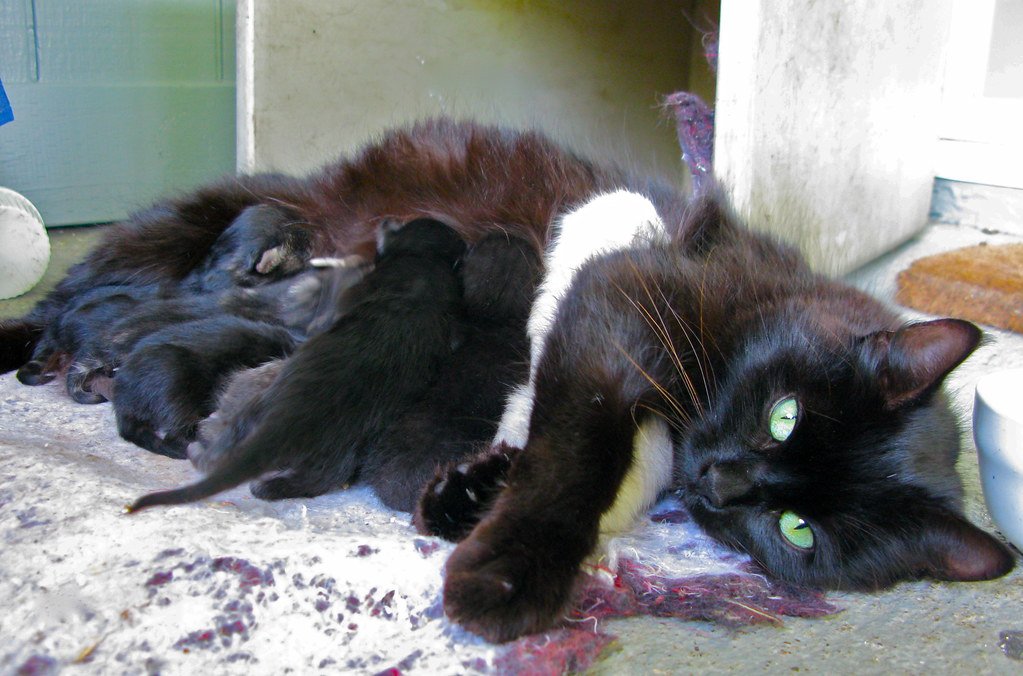
Kneading may have health benefits for cats as well. The action involves stretching, which can improve their muscle condition and circulation. This spontaneous ‘exercise’ may be especially beneficial for older cats or those that are less active.
Deciphering Cat Breeds and Kneading Tendencies
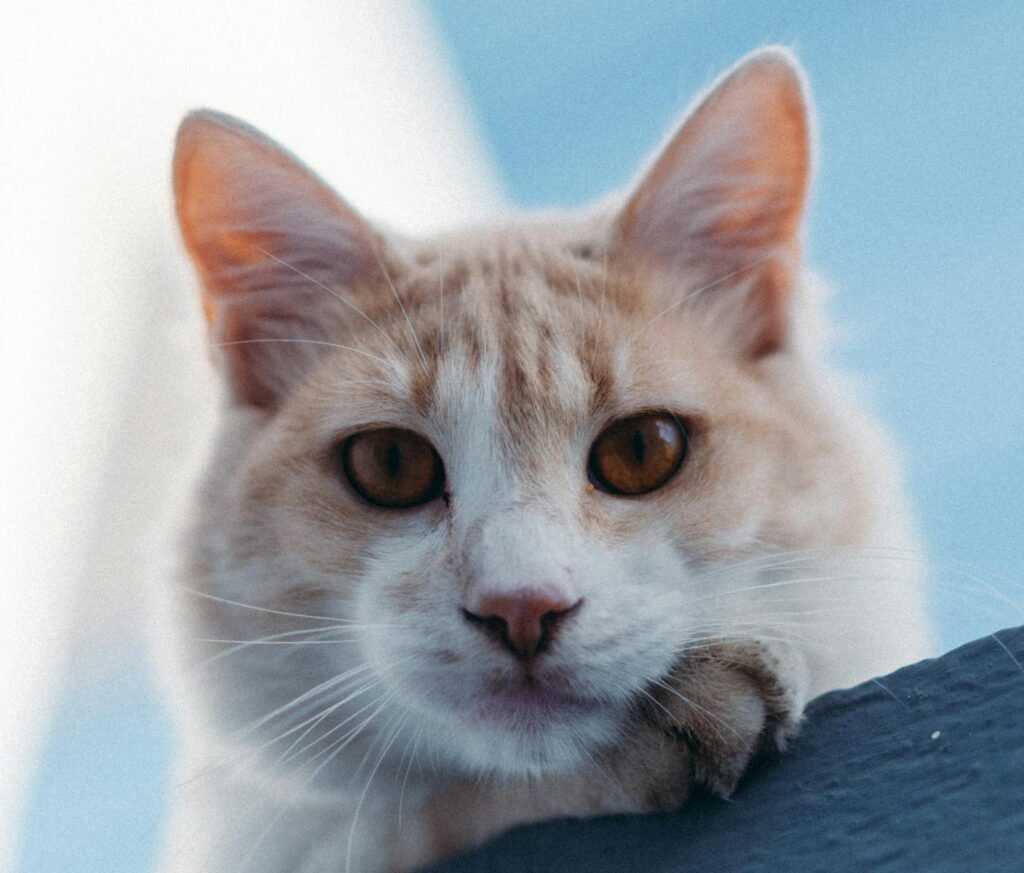
Not all cats knead, and individual factors such as breed traits can influence this behavior. Some breeds, like Ragdolls or Maine Coons, are more likely to knead due to their inherently affectionate and easy-going nature. Understanding these tendencies can help pet owners better relate to their feline companions.
Coping with Aggressive Kneading

Sometimes, cats can become a bit too vigorous in their kneading, which might lead to scratched surfaces or discomfort for their human companions. To redirect this energy, provide soft blankets or pillows and regularly trim their claws. It’s important to remember that kneading is natural, and with a little guidance, it can remain a harmless and endearing trait.
Conclusion: Embracing Your Cat’s Kneading Behavior
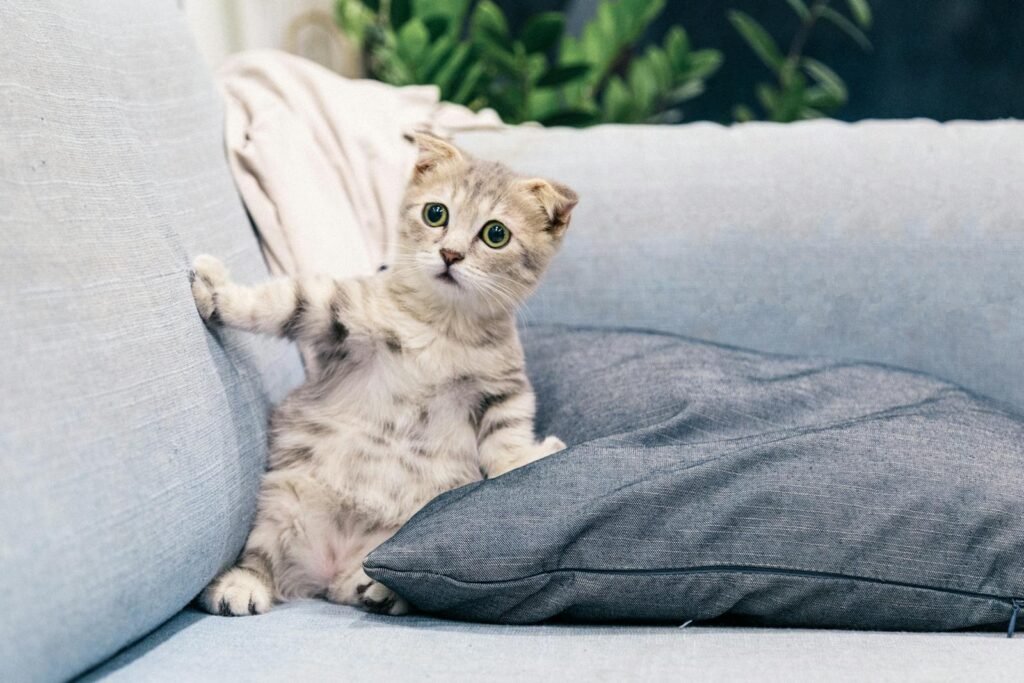
In summary, while the reasons behind cat kneading are varied and sometimes mysterious, the behavior is a fascinating blend of instinctual, emotional, and social factors. By understanding these nuances, cat owners can further appreciate the rich tapestry of behaviors that make cats such unique and beloved pets. Embrace the quirks of kneading, allowing them to enrich the human-feline bond that brings so much joy and companionship to our lives.

Growing up traveling and experiencing new cultures and wonders, I have had a passion for nature, adventuring, photography, and videography. I am currently working towards a BSc in Biodiversity and Ecology at Stellenbosch University, and I hope to specialise in Marine Sciences one day.
Please send any feedback to Feedback@animalsaroundtheglobe.com


